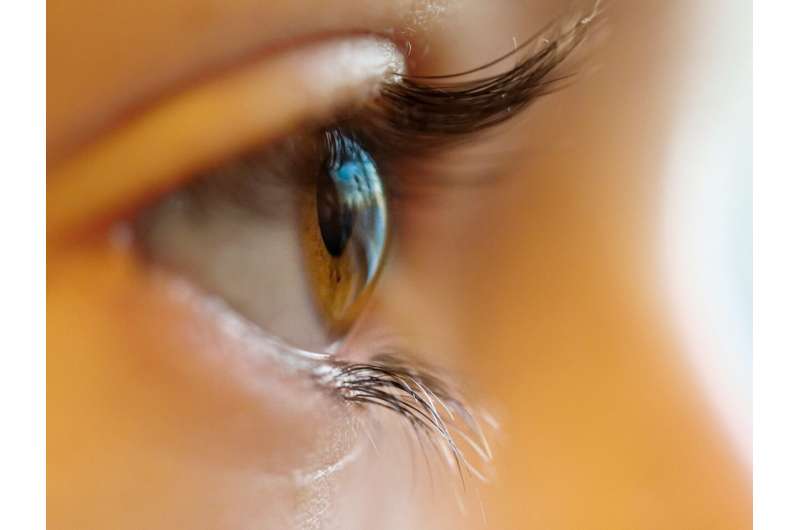
In a world increasingly filled with smart technology, a remarkable innovation is brewing that aims to protect our precious eyesight. Researchers from Japan have made significant strides in creating contact lenses that shield against electromagnetic radiation, allowing us to embrace modern gadgets without compromising eye health. Let’s dive into this exciting development!
As our reliance on wireless devices and the Internet of Things grows, concerns regarding the exposure to electromagnetic radiation (EMR) also rise. While our devices are incredibly useful, long-term exposure may not be as benign as we’d like it to be. Enter MXenes, a fascinating family of two-dimensional materials that have emerged as potential defenders against EMR. However, their journey wasn’t without hurdles, as issues with oxidation and adhesion limited their practical application.
Fortunately, a dedicated team of researchers led by Professor Takeo Miyake at Waseda University, Japan, has successfully overcome these challenges. They’ve developed groundbreaking contact lenses coated with stable MXenes, merging cutting-edge technology with everyday wearables. Not only did they manage to achieve impressive optical qualities, but they also demonstrated remarkable EMR shielding capabilities.
This innovative project marks the collaboration of various esteemed institutions, including Kyoto University and Yamaguchi University Hospital. By uniting experts from fields like nanofabrication and ophthalmology, they have created a blueprint for safer eye care in our tech-driven environment. The findings were shared with the world in the journal Small Science.
“Smart contact lenses with electronic components are getting a lot of buzz, but placing wireless circuits on our corneas raises new safety questions,” says Professor Miyake. “With inspiration from recent advances in 2D materials, we set out to create highly functional protective lenses.”
To create these remarkable lenses, the team began by preparing MXene dispersions and vacuum filtering them to produce MXene-based films. “We opted for a wet-transfer method to easily attach MXene nanosheets to the unique surface of soft lenses. This makes the process scalable,” explains Professor Miyake.
The results were extraordinary—these lenses demonstrated over 80% visible light transmission, high electrical conductivity, and impressive dehydration protection, all while maintaining over 90% cell viability when tested for biocompatibility. The carefully controlled thickness of the MXene layers ensured maximum adhesion and protection against oxidation, addressing common challenges in material safety.
Testing was crucial to confirming the lenses’ effectiveness. The research team exposed porcine eyes to microwave heating, observing a rapid temperature rise that illustrated the MXene’s capacity for EMR absorption and heat dissipation. This means that, thanks to these innovative lenses, direct heating of the eyes can be prevented during exposure to high-frequency microwaves.
What’s even more impressive is that the MXene-coated lenses showcased an electromagnetic shielding efficiency of up to 93%. This milestone represents a significant step toward achieving safety in wearable technologies, combining comfort and protection seamlessly.
This breakthrough not only heralds a new dawn for eye health but also sets the stage for incorporating advanced nanomaterials into a variety of smart devices, medical implants, and bioelectronics, ensuring both safety and functionality in our daily lives.
More information:
Takeo Miyake, et al, MXene-Integrated Contact Lens: A Breakthrough in Wearable Eye Protection and Healthcare, Small Science (2025). DOI: 10.1002/smsc.202400628
If you would like to see similar science posts like this, click here & share this article with your friends!

